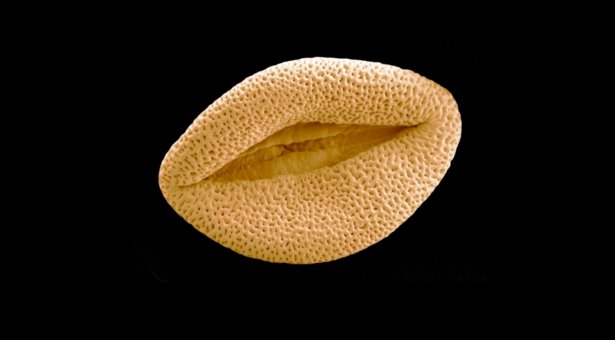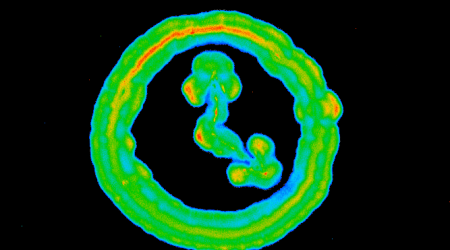OMERO in action

The field of biological imaging has seen incredible advances due to new imaging techniques and molecular markers, which is producing large amounts of data, and storing, manipulating and processing this data presents a challenge to science.
A solution to this problem is the Open Microscopy Environment (OME).
OME is a multi-site collaborative effort among academic laboratories and a number of commercial entities that produces open tools to support data management for biological light microscopy.
OME is developed as a joint project between research-active laboratories at Dundee, NIA Baltimore, Harvard Medical School and LOCI. In addition, OME has active collaborations with many imaging and informatics groups.
The John Innes Centre, in partnership with JISC, the body responsible for funding information and communications technology (ICT) services for further education and research councils are working to contribute to the OME effort.
A platform is being developed at the John Innes Centre to allow for better management of the imaging data, for instance by recording the processing algorithms and parameters that are used to produce results. This ensures that there is a strong link between images, software and results, which is of vital importance in the scientific field.
As part of the project, our Bioimaging and microscopy team is working with partners on the Norwich Research Park, within the Biotechnology and Biological Sciences Research Council (BBSRC) and also the wider bio-imaging community to disseminate their experiences and contribute to the wider adoption of the OME platform.
As part of this, the John Innes Centre and the OME team are organising a series of lectures and workshops to allow users and developers to learn more about the OME platform.
Among the speakers is Professor Jason Swedlow of the University of Dundee, co-founder of the Open Microscopy Environment. Jason was recently named as the BBSRC’s Innovator of the Year for his work on this.
Jerome Avondo of the John Innes Centre will talk about how he is integrating his tools with OME to extend the visualisation and analysis capabilities.
Other speakers will talk about how OME is used at Imperial College London, the University of Geneva as well as the European Bioinformatics Institute, where a public repository for electron microscopy density maps of macromolecular complexes and subcellular structures has been set up.
B2net has a long history of working with research sector customers.
Many of its clients have faced similar challenges including high performance requirements for data processing, peaks in system load at key times within projects, increasing financial, management and sharing constraints.
All this makes putting together the correct solution a huge challenge. B2net believe that the best way to approach these issues is to begin with gaining an in-depth understanding of their clients’ data requirements, then applying skills and years of experience to ensure that they deliver the correct solution using proven technology and at an acceptable cost.
PerkinElmer uses OMERO for its Columbus® Image Data Management and Analysis System. Columbus allows scientists to manage, view, annotate and measure images from anywhere via the Internet.
The system uses the OMERO server, developed by the OME, which enables it to support a wide range of file formats, allowing flexible, rapid and high performance analysis of images regardless of their origin.
MathWorks produces mathematical computing software for engineers, scientists, mathematicians, and researchers. MATLAB, the language of technical computing, is a programming environment for algorithm development, data analysis, visualisation, and numeric computation which plays a central role the scientific workflow.



